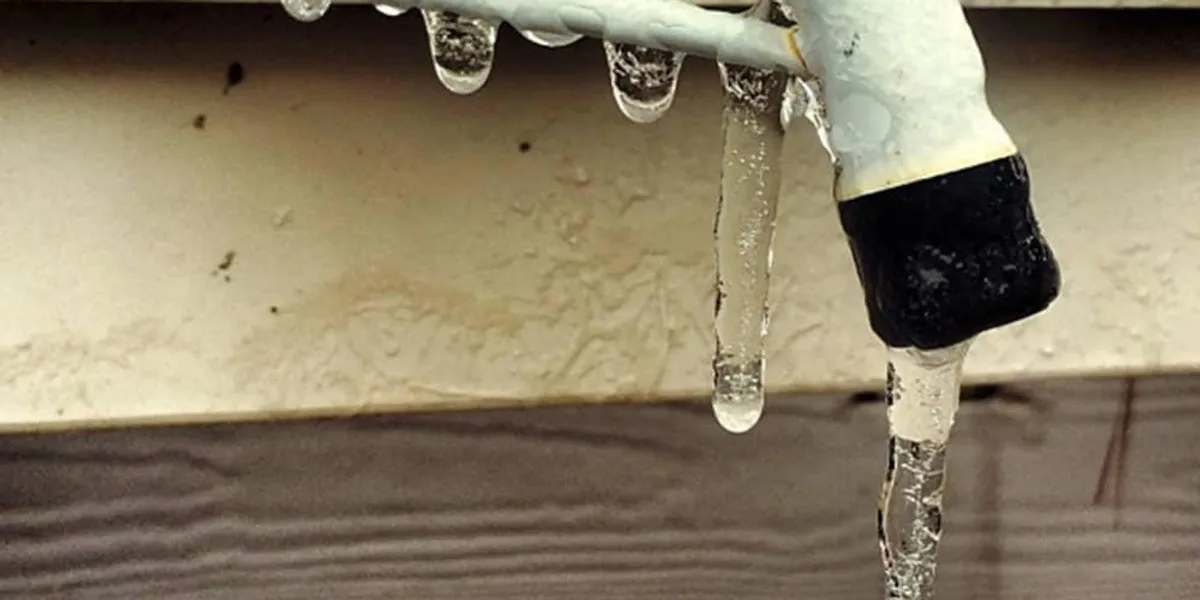Protecting Against Frozen Plumbing in Winter: Pro Tips
Protecting Against Frozen Plumbing in Winter: Pro Tips
Blog Article
Everybody maintains their unique way of thinking involving How to Prevent Your Pipes From Freezing.

Winter can damage your pipes, especially by freezing pipes. Below's how to stop it from occurring and what to do if it does.
Intro
As temperature levels drop, the danger of icy pipes rises, potentially causing costly repair services and water damages. Understanding exactly how to prevent icy pipelines is essential for house owners in chilly climates.
Avoidance Tips
Protecting at risk pipes
Wrap pipes in insulation sleeves or make use of warmth tape to protect them from freezing temperatures. Focus on pipelines in unheated or outside locations of the home.
Home heating strategies
Maintain indoor rooms sufficiently heated up, particularly areas with plumbing. Open cabinet doors to allow warm air to distribute around pipes under sinks.
How to identify frozen pipelines
Seek lowered water circulation from faucets, unusual smells or sounds from pipes, and visible frost on revealed pipelines.
Long-Term Solutions
Structural adjustments
Consider rerouting pipelines away from exterior wall surfaces or unheated locations. Include additional insulation to attics, basements, and crawl spaces.
Updating insulation
Purchase top quality insulation for pipelines, attics, and wall surfaces. Appropriate insulation aids preserve consistent temperature levels and reduces the danger of frozen pipelines.
Safeguarding Exterior Plumbing
Yard hoses and outside taps
Disconnect and drain yard hoses before winter. Set up frost-proof faucets or cover outdoor faucets with protected caps.
Recognizing Frozen Pipes
What triggers pipelines to ice up?
Pipelines freeze when subjected to temperature levels listed below 32 ° F (0 ° C) for extended periods. As water inside the pipes freezes, it broadens, putting pressure on the pipeline wall surfaces and potentially causing them to rupture.
Dangers and damages
Icy pipes can bring about water system interruptions, residential or commercial property damage, and pricey fixings. Ruptured pipelines can flood homes and cause extensive structural damages.
Indications of Frozen Pipeline
Determining frozen pipelines early can avoid them from breaking.
What to Do If Your Pipelines Freeze
Immediate actions to take
If you believe icy pipes, maintain faucets open to soothe stress as the ice melts. Make use of a hairdryer or towels soaked in warm water to thaw pipes slowly.
Verdict
Stopping frozen pipelines requires positive measures and fast responses. By comprehending the reasons, indications, and safety nets, property owners can shield their plumbing during winter.
5 Ways to Prevent Frozen Pipes
Drain Outdoor Faucets and Disconnect Hoses
First, close the shut-off valve that controls the flow of water in the pipe to your outdoor faucet. Then, head outside to disconnect and drain your hose and open the outdoor faucet to allow the water to completely drain out of the line. Turn off the faucet when done. Finally, head back to the shut-off valve and drain the remaining water inside the pipe into a bucket or container. Additionally, if you have a home irrigation system, you should consider hiring an expert to clear the system of water each year.
Insulate Pipes
One of the best and most cost-effective methods for preventing frozen water pipes is to wrap your pipes with insulation. This is especially important for areas in your home that aren’t exposed to heat, such as an attic. We suggest using foam sleeves, which can typically be found at your local hardware store.
Keep Heat Running at 65
Your pipes are located inside your walls, and the temperature there is much colder than the rest of the house. To prevent your pipes from freezing, The Insurance Information Institute suggests that you keep your home heated to at least 65 degrees, even when traveling. You may want to invest in smart devices that can keep an eye on the temperature in your home while you’re away.
Leave Water Dripping
Moving water — even a small trickle — can prevent ice from forming inside your pipes. When freezing temps are imminent, start a drip of water from all faucets that serve exposed pipes. Leaving a few faucets running will also help relieve pressure inside the pipes and help prevent a rupture if the water inside freezes.
Open Cupboard Doors
Warm your kitchen and bathroom pipes by opening cupboards and vanities. You should also leave your interior doors ajar to help warm air circulate evenly throughout your home.

We had been brought to that editorial about Preventing and dealing with frozen pipes from a buddy on a different web blog. Are you aware of somebody who is excited by the topic? Do not hesitate to promote it. Thank-you for your time invested reading it.
Schedule Free Estimate Report this page